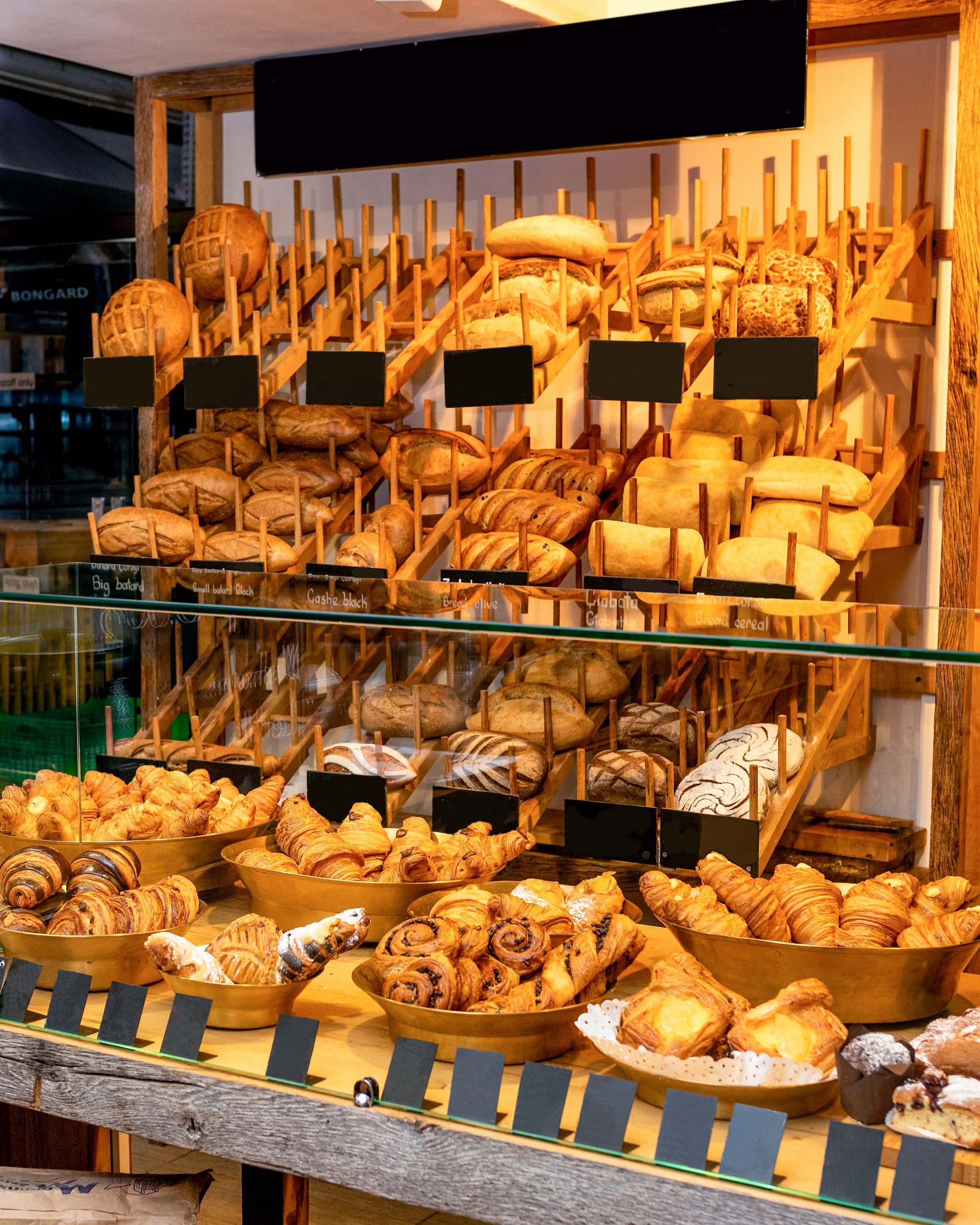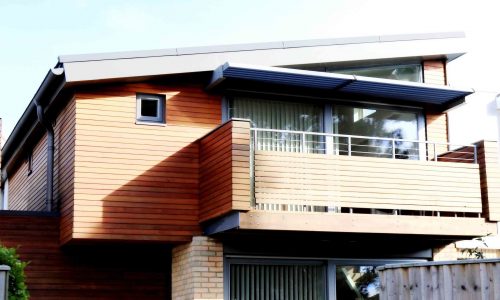Designing an HVAC system for a building with an indoor swimming pool can be a challenging task for commercial HVAC

Bread baking shop stores are normally found in the city, retail location blocks, and strip shopping centers; few are independent structures. Some bread shop stores are privately claimed and worked units, prepared in the vicinity, and neighborhood the executives settle on all hardware choices for HVAC design for retail bakeries.
Others are worked by chains, do just a piece of the heating anywhere nearby, and might be provided with refrigerated or potentially frozen items from focal activities; all gear choices are probably going to be made by a concentrated staff who indicates normalized development, format, and hardware size and type.
The energy costs in bread shop store activities are tolerably high. Lighting, HVAC, fixing stockpiling cooling, and refrigeration are typically the biggest energy clients.
Little pastry kitchens frequently have huge front-facing glass regions that could bring about high pinnacle sunlight-based impacts (aside from north-bound stores). High warmth misfortune can likewise happen on chilly, shady days. This piece of the bread shop ought to be intended to balance these higher cooling and warming prerequisites. Passageway warmers may likewise be utilized in chilly environments hence the need for HVAC design for retail bakeries.
There are even outside burden and air balance contemplations in bread kitchens situated in a shopping center with inside confronting glass, particularly where the expectation is to keep the store entryways open to empower traffic. The inside loads are comparative whether the store is distant from everyone else or inside a shopping center.
Cooling is needed for both client solace and legitimate activity of the set number of refrigerated showcase cases. The significant contrasts in the HVAC arrangement of pastry kitchens contrasted with retail locations are the impacts on the HVAC framework because of broilers and any refrigerated presentation caseloads.
Information for computing loads because of individuals, lights, engines, and other energy-devouring gear ought to be gotten from the pastry shop store workforce, hardware makers, and the ASHRAE Handbooks. The plan of the HVAC design for retail bakeries should make up for the impacts of these broilers and cases.

What Are The HVAC Systems Requirements?
The best cooling HVAC design for retail bakeries framework cools simply the retail region and not regions quickly encompassing stoves, last proofers, and where cooking of natural product fillings and hot icings happens. Notwithstanding, most pastry kitchen stores are inherently speculative retail spaces and the entire region is molded. In any case, if the broilers and item cooling regions are situated in rooms separate from the retail region, these rooms can be very much ventilated and, at times, evaporative cooling in an air washer can be utilized because of the great reasonable warmth load around there.
For cooling the retail region, single-zone, unitary housetop gear with pre-assembled, coordinating with controls improve on establishments and are normal in little bread shop store cooling plans. The utilization of different units to condition bigger stores includes less ventilation work and can keep up with solace in case of incomplete hardware disappointment. These HVAC units might be either heat siphons or gas warming/electric cooling bundles. This gear is air-cooled and has a low original cost and is effortlessly worked, which promptly adjusts them to little store applications.
Water-cooled cooling hardware in the HVAC design for retail bakeries is accessible for little store cooling, yet numerous networks have limitations on the once-through utilization of city water and require the establishment of a cooling tower or other water-rationing gear. Water-cooled gear for the most part works all the more productively and financially, however higher first expenses because of a pinnacle and higher support prerequisites restrict its overall application.
Pastry kitchens regularly have a high reasonable warmth comparable with the complete warmth gain and hardware ought to give the essential reasonable warmth expulsion. The outer static tensions accessible in little store cooling units are restricted, and channel frameworks ought to be intended to keep pipe protections low. Pipe speeds ought not to surpass 1200 fpm and strain drops ought not to surpass 0.10 in. of water per 100 ft. Normal air amounts range from 350 to 450 cfm per ton of cooling as per the determined interior reasonable warmth load.
Energy Saving Recommendations
● Updating or supplanting old as well as wasteful hardware, especially if CFC refrigerants are utilized
● Add evaporative cooling in broiler regions, if relevant
● All on-location heating ought to be finished during off-top periods if conceivable
● Item cooling in the wake of preparing ought to be done in non-cooled spaces if conceivable
● Carrying out any of the energy protection ideas talked about above

Water Heating
Water warming is anything but a significant energy client, with applications regularly restricted to hand washing, restrooms, and cleaning purposes.
Regular System
Most water warming is done independently from the structure warming framework utilizing direct opposition or gas radiators, and, sometimes, place of utilization radiators.
Energy Saving Recommendations
On the off chance that any current frameworks are wasteful or lacking, expeditiously supplant them with effective, present-day gear. You can likewise add clock controls or better protection on capacity tanks. Now and again, refrigeration gear heat recovery might be utilized to preheat administration of high temp water. The ASHRAE Applications Handbook section on Service Water Heating investigates regular boiling water use information and assessing methodology for the HVAC design for retail bakeries.
Heating
A pastry kitchen store requires the establishment of blenders, broilers, and warmers. The initial phase in the heating activity is blending. After aging and last sealing, the item is prepared in stoves, for bread around 400 to 450°F for 18 to 30 minutes. Stoves are normally one of two sorts: burrow type, where an item is stacked toward one side and dumped at the other, or plate type, where an item is stacked and dumped at a similar end. The items are then cooled, cut, and wrapped.
Lighting
The Ultralume, Designer 800, and Dulux detail series of lights depend on the Prime Color hypothesis of brightening and, today addresses absolute greatness in lighting. Since they are intended to deliver light in the manner by which the visual framework reacts to it, these lights, generally, oppose correlation with different lights that have the typical guidelines of light yield.
These lights are more costly than standard fluorescent lights, however, they produce the most extensive level of visual clearness and add visual definition to any scene. Seen brilliance is likewise extensively higher under these lights than a footcandle meter shows. These lights give a favored hue. Food sources and appearances seem to show how individuals recollect them and incline toward them, but they will in general safeguard sunlight shading.
Refrigeration
Refrigeration is needed in mixture blending due to the age of warmth and the need to control the batter temperature toward the finish of the blend. Yeast ought to be put away in refrigerated spaces underneath 45°F, however over its frosty temperature of 26°F. Chilled fixing water is generally provided at 35 to 39°F from an independent, consumable water chiller. For cluster blending, individual consolidating units are generally found near the blender for direct extension coat cooling at 30°F. [Example: 5 hp unit for an 800 lb mixture mixer]
On the off chance that a wipe batter blend measure is utilized, the wipe is set in an encased cooled space for a maturation time of 3.5 to 5 hours. This room is kept up with at about 80°F and 75% relative mugginess to control the pace of vanishing from the mixture’s surface. Air volume is intended to get the reasonable burden with an 8°F air temperature rise. Sometimes, a water shower is added to change over a portion of the reasons to idle burden.
Retail bread kitchens freeze numerous items to adjust creation and request. Most pastry kitchen items can be frozen at temperatures of 0 to 10°F and held at about similar temperatures. While a few items improve at 0°F and others at 10°F, little bread kitchens typically compromise with a solitary, enormous, reach-in cooler held at 5 to 10°F.
In Conclusion: Run of the mill System
The refrigeration hardware utilized in retail pastry kitchens is normally made out of individual consolidating units for every one of the necessary cycles. In some HVAC designs for retail bakeries, refrigerated showcase cases are likewise utilized; like those utilized in supermarkets or general stores.
About Author
InnoDez